This well-seasoned chicken liver pâté is rich, flavorful, and surprisingly easy to make. It's a great way to add liver to your diet!
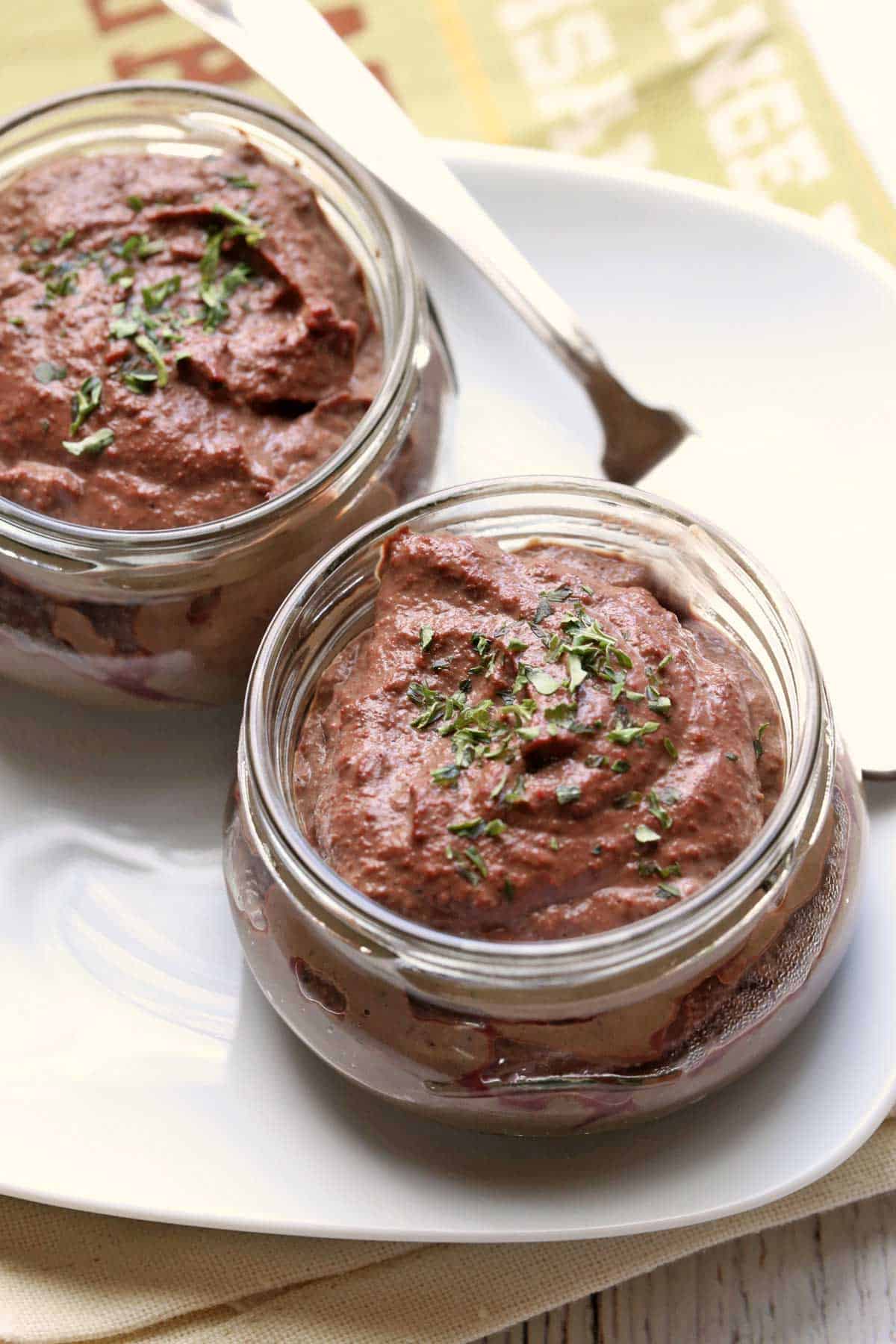
If you're curious about internal organs and would like to give them a try, chicken livers are a good place to start because their texture is pleasant and their flavor is fairly mild. They're a better choice for beginners than beef heart or chicken hearts, which are more boldly flavored. Turning the livers into pâté makes them even more palatable and is surprisingly easy to do. It's one of those restaurant-style dishes that you can easily replicate at home.
Ingredients
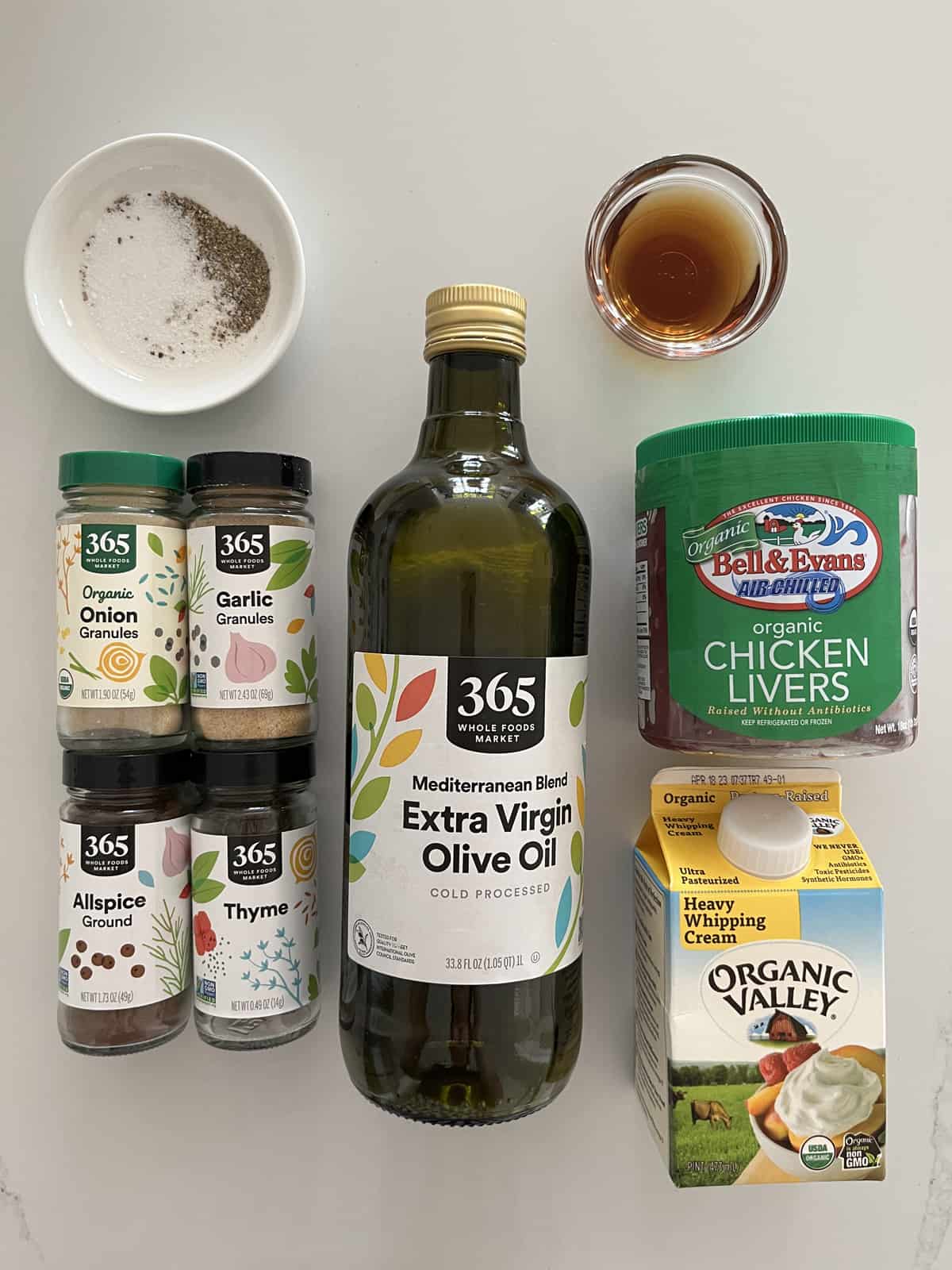
See the recipe card for exact measurements. Here are my comments on some of the ingredients.
- Fresh chicken livers: I usually get them at Whole Foods. They are also available in many American supermarkets, such as Kroger.
- Extra-virgin olive oil: This is a departure from tradition, as most similar recipes are made with butter. But I love the flavor of extra-virgin olive oil, and I find that it enhances the flavor and texture of the pâté. Other tasty options include melted butter, ghee, duck fat, and chicken fat.
- Brandy: Its flavor greatly enhances the flavor of the pâté.
- Heavy cream: Another important ingredient that adds creaminess and silkiness.
Instructions
Scroll down to the recipe card for the full instructions. Here are the basic steps for making this recipe:
Clean the livers, season them, and cook them in olive oil. Transfer the cooked livers to your food processor.
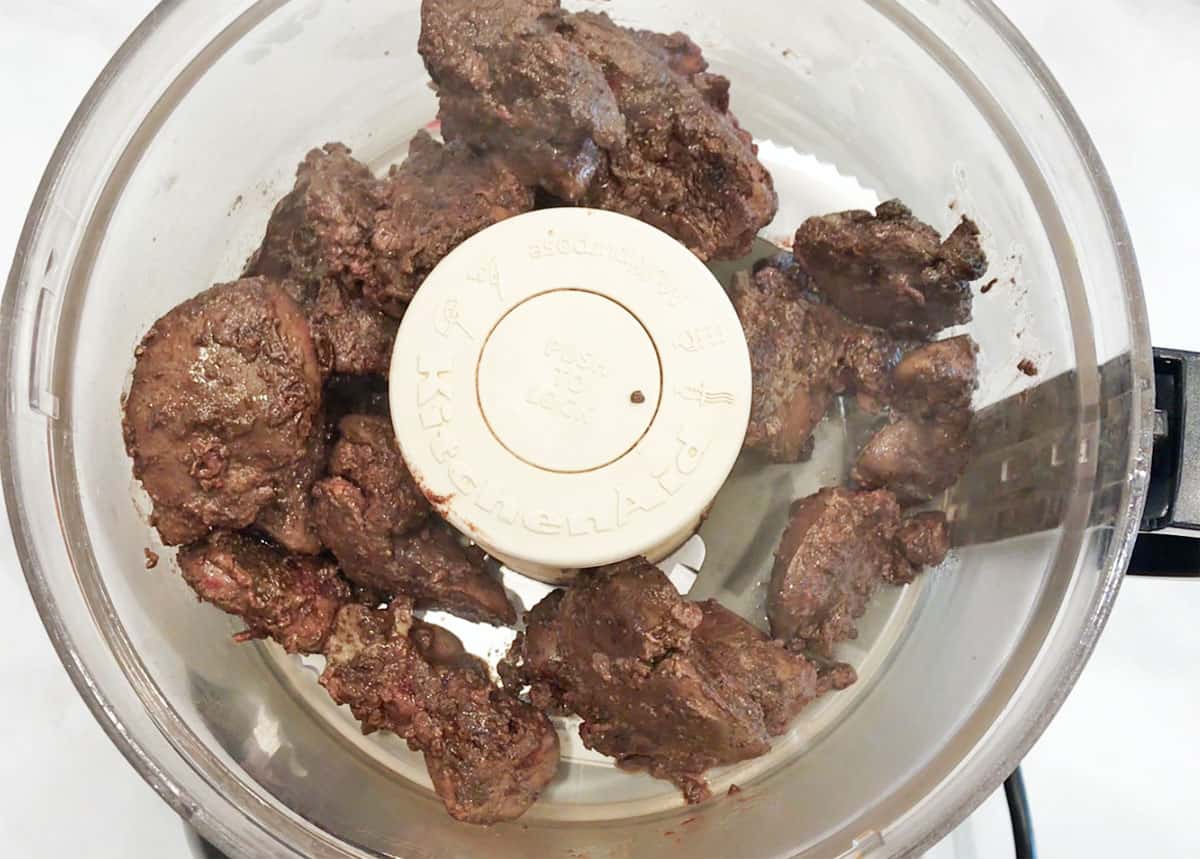
Add the brandy to the skillet. Cook it on high to reduce it, then transfer it to the food processor. Add more olive oil and a small amount of heavy cream to the food processor. Cover and process on high until the mixture is creamy and fluffy.
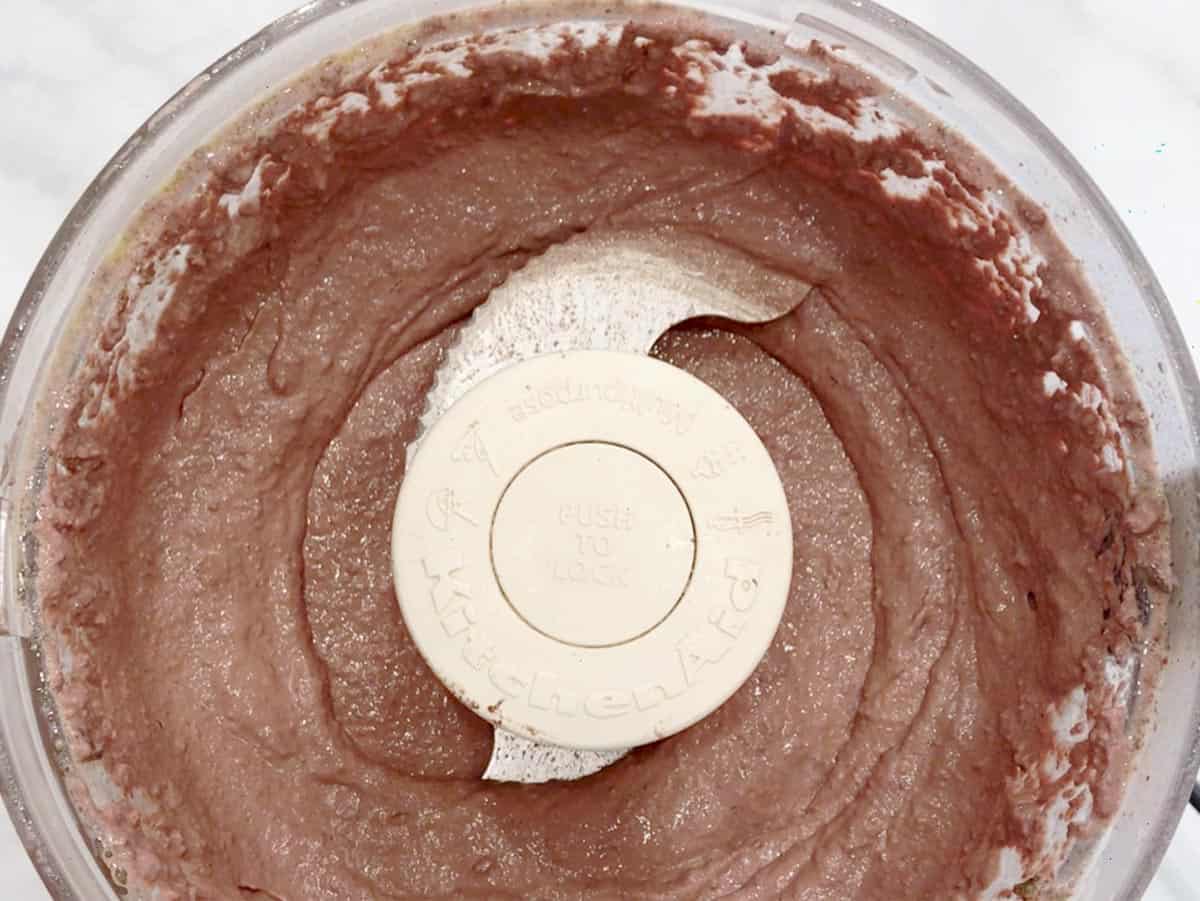
Divide the mixture evenly among four individual ramekins. Cover and refrigerate the pâté for at least two hours before serving.
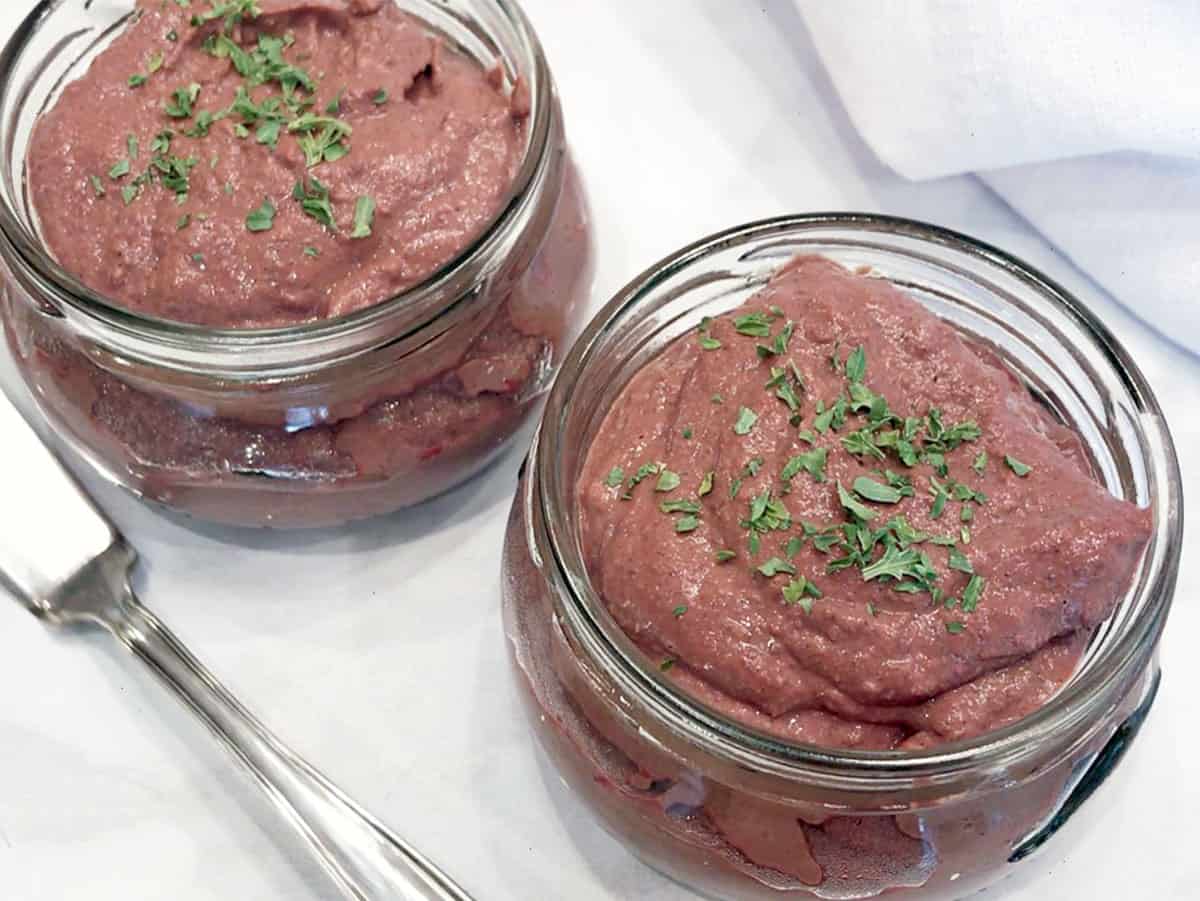
Recipe Tips
- Don't overcook the livers. They should still be pink in the middle. Properly cooked chicken livers are tender and flavorful, while overcooked ones are tough and gummy. However, the CDC says they should be cooked to 165°F.
- Chicken livers will splatter and even burst if added to a too-hot pan. So make sure to use medium heat and don't wait too long before adding the livers to the pan.
- Don't try to eat the pâté as soon as it's ready! It's not good when it's still warm. It needs time to rest, at least 2 hours in the fridge. But it's even better to make it a day ahead and refrigerate it overnight. This helps firm its texture and ensures that all the tasty flavors are melded together. If refrigerating overnight, remove the pâté from the fridge 30 minutes before serving.
Recipe FAQs
I don't rinse them. I trim the connective tissue and pat the livers dry with paper towels.
You could, but the pâté's flavor won't be as good.
No. Milk is too watery. In addition, the fattiness and richness of the heavy cream are an important part of this recipe.
You can keep the pâté in an airtight container in the fridge for up to three days. Remove it from the fridge 30 minutes before serving so it's not refrigerator-cold. I don't recommend freezing this pâté.
Serving Suggestions
This pâté pairs well with toast, as shown in the photo below. I usually serve it with any of the following low-carb options:
- Toasted 90-second bread
- Toasted slices of almond flour bread
- Keto crackers
- Cucumber slices
- Plain pork rinds
- Cheese crackers
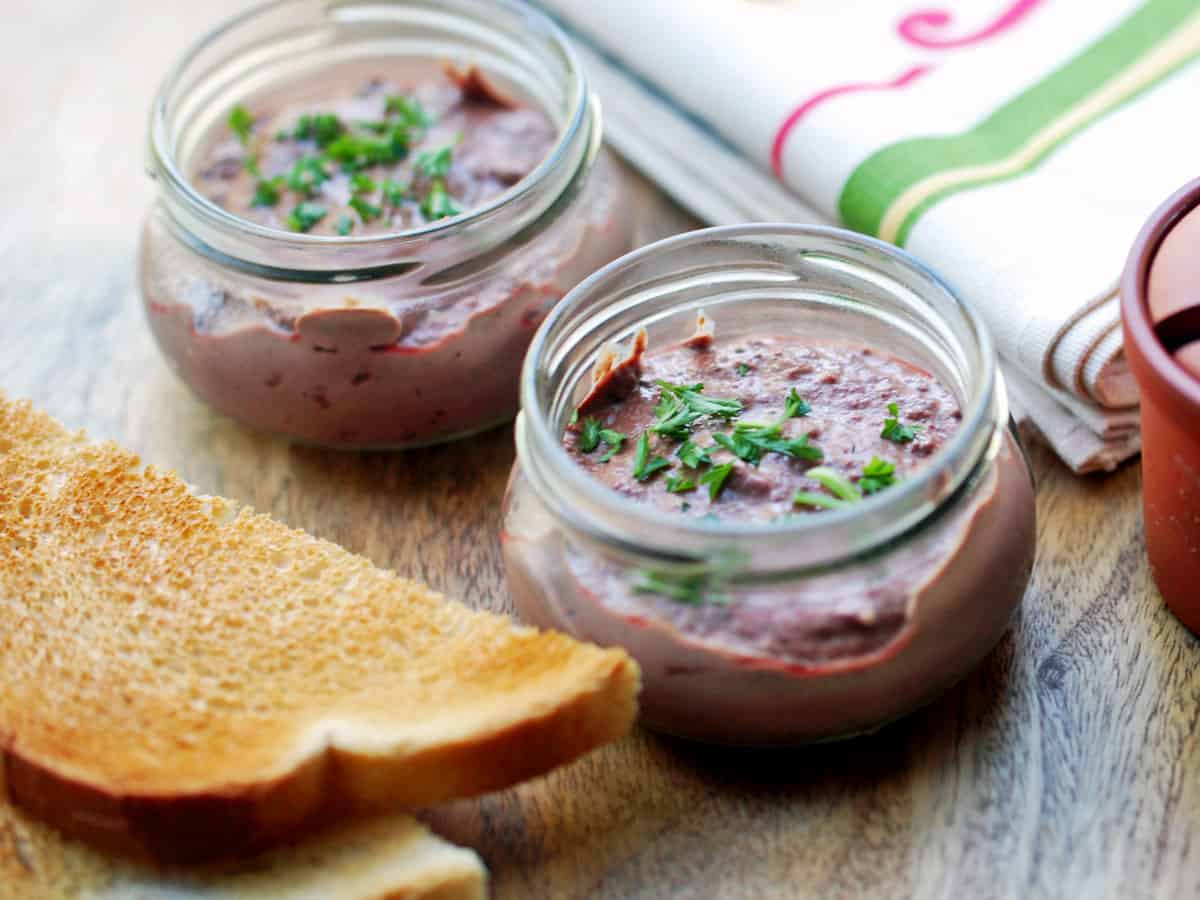
Recipe Card
Easy Chicken Liver Pâté
Video
Ingredients
- 1 pound chicken livers
- 3 tablespoons olive oil - extra-virgin, divided (see notes below for substitutions)
- ¼ cup brandy
- ¼ cup heavy cream
- 1 teaspoon Diamond Crystal kosher salt - or ½ teaspoon of any other salt, including Morton kosher salt
- ¼ teaspoon black pepper
- ¼ teaspoon garlic powder
- ¼ teaspoon onion powder
- ¼ teaspoon dried thyme
- ⅛ teaspoon allspice
Instructions
- Use a sharp knife to remove the white connective tissue from the livers and pat them dry with paper towels.
- Sprinkle the cleaned livers with kosher salt, black pepper, garlic powder, onion powder, dried thyme, and allspice.
- Heat 1 tablespoon of olive oil over medium heat in a large skillet. Add the seasoned livers. Cook them, turning frequently, until browned on the outside and barely pink in the center, 5-7 minutes.
- Transfer the cooked livers to your food processor’s bowl.
- Add the brandy to the skillet. Use it and a heat-resistant rubber spatula to scrape any bits stuck to the bottom of the skillet. Cook on high until it’s reduced to 3 tablespoons, about 1 minute. Turn the heat off. Use the spatula to transfer the skillet contents to the food processor.
- Add the heavy cream and 2 more tablespoons of olive oil to the food processor. Cover and process on high until the mixture is smooth, light, and fluffy, 1-2 minutes, stopping once to scrape the sides and bottom with a spatula.
- Divide the mixture evenly among four individual containers (such as small jars or ramekins). Cover and refrigerate for at least 2 hours before serving.
Notes
- The CDC recommends cooking chicken livers to 165°F, which is well done.
- Chicken livers will splatter and even burst if added to a too-hot pan. So make sure to use medium heat and don't wait too long before adding the livers to the pan.
- You can replace the onion powder with ¼ cup of minced shallots or onions, cooked with the livers.
- You can replace the olive oil with butter, ghee, or chicken fat.
- Don't try to eat the pâté as soon as it's ready! It's not good when it's still warm. It needs time to rest, at least 2 hours in the fridge. It's best to make it a day ahead and refrigerate it overnight. This helps firm up its texture and ensures that the flavors are melded. If refrigerating overnight, remove the pâté from the fridge 30 minutes before serving.
- You can keep the pâté in an airtight container in the fridge for up to three days. Remove it from the fridge 30 minutes before serving so that it's not refrigerator-cold. I don't recommend freezing it.
Nutrition per Serving
Save this Recipe!
We will also add you to our weekly newsletter. Unsubscribe anytime. See healthyrecipesblogs.com/privacy/ to learn how we use your email.
Disclaimers
Most recipes are low-carb and gluten-free, but some are not. Recommended and linked products are not guaranteed to be gluten-free. Nutrition info is approximate. Please verify it independently. The carb count excludes non-nutritive sweeteners. Please read these Terms of Use before using any of my recipes.

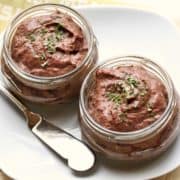
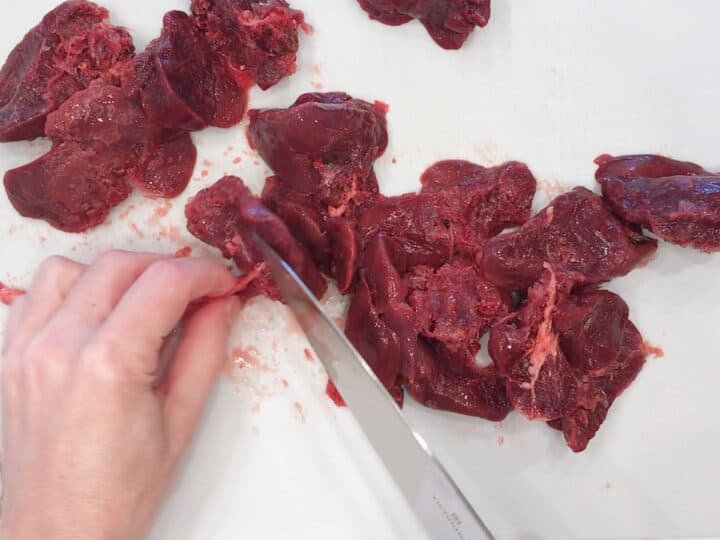
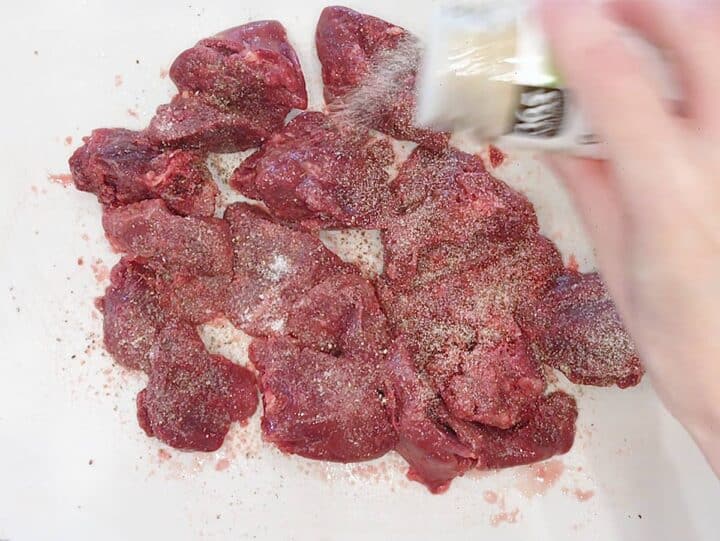
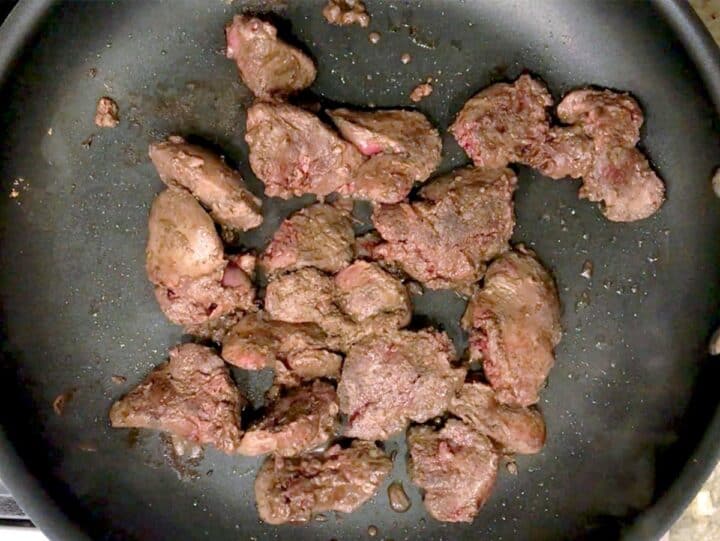
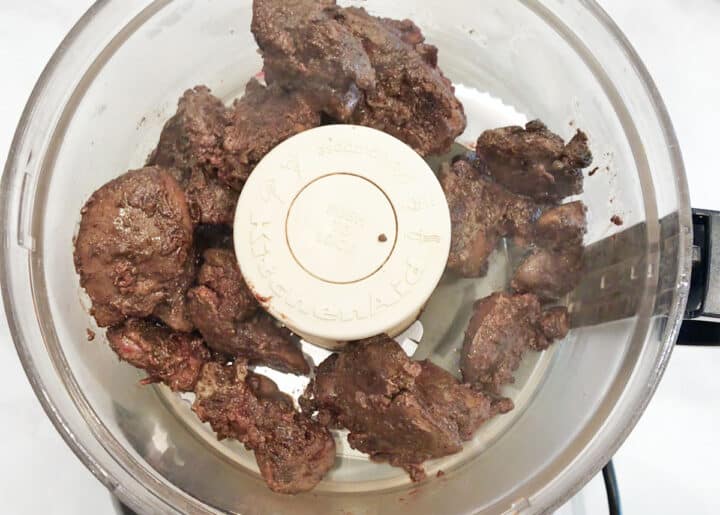
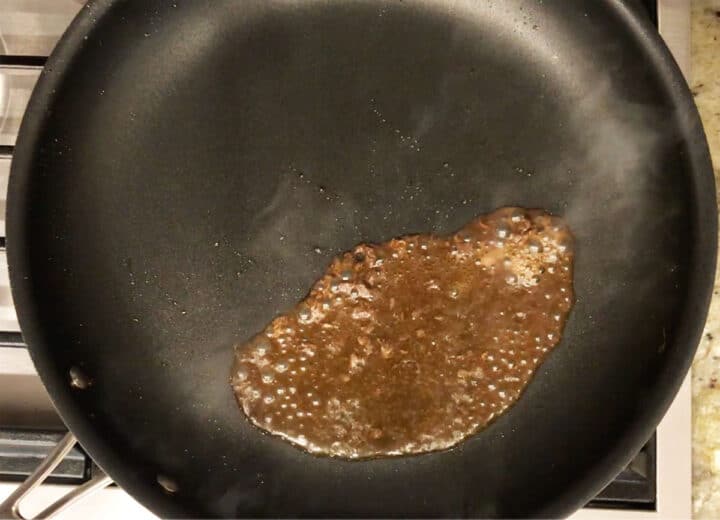
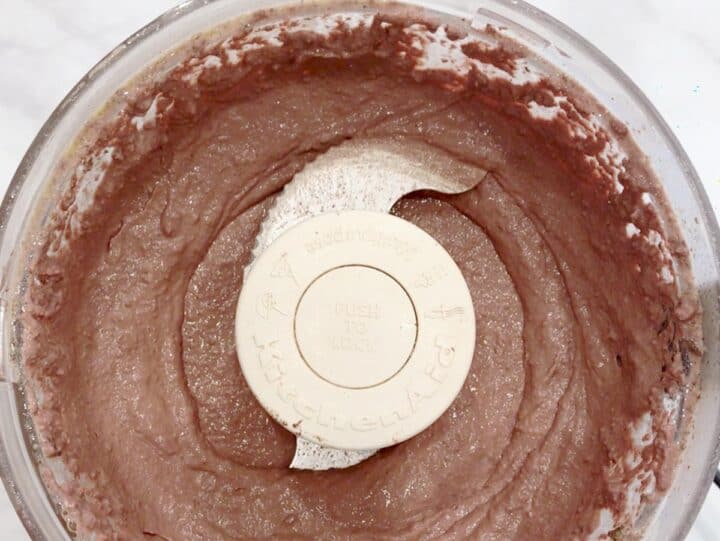
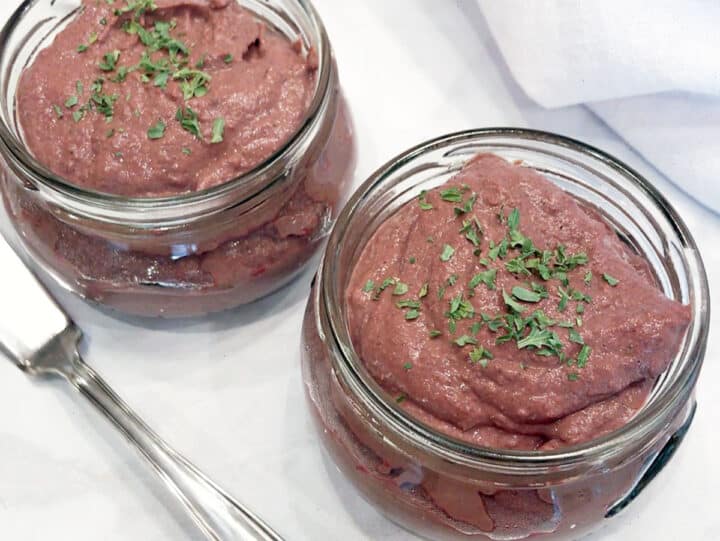
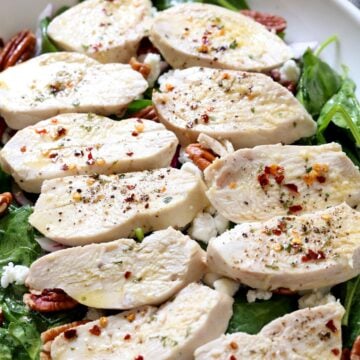
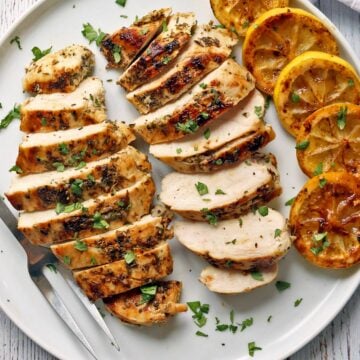
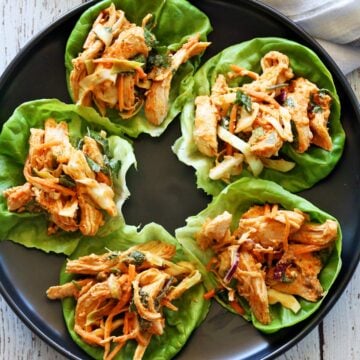

Barbara says
Can I freeze the extra chicken liver pate?
Vered DeLeeuw says
Hi Barbara,
I don't recommend freezing this pâté.
Christophe Boulianne says
Hi, Can this be done using a pestle and mortar, I do not use food processors.
Vered DeLeeuw says
Hi Christophe,
I only tested this recipe using a food processor.